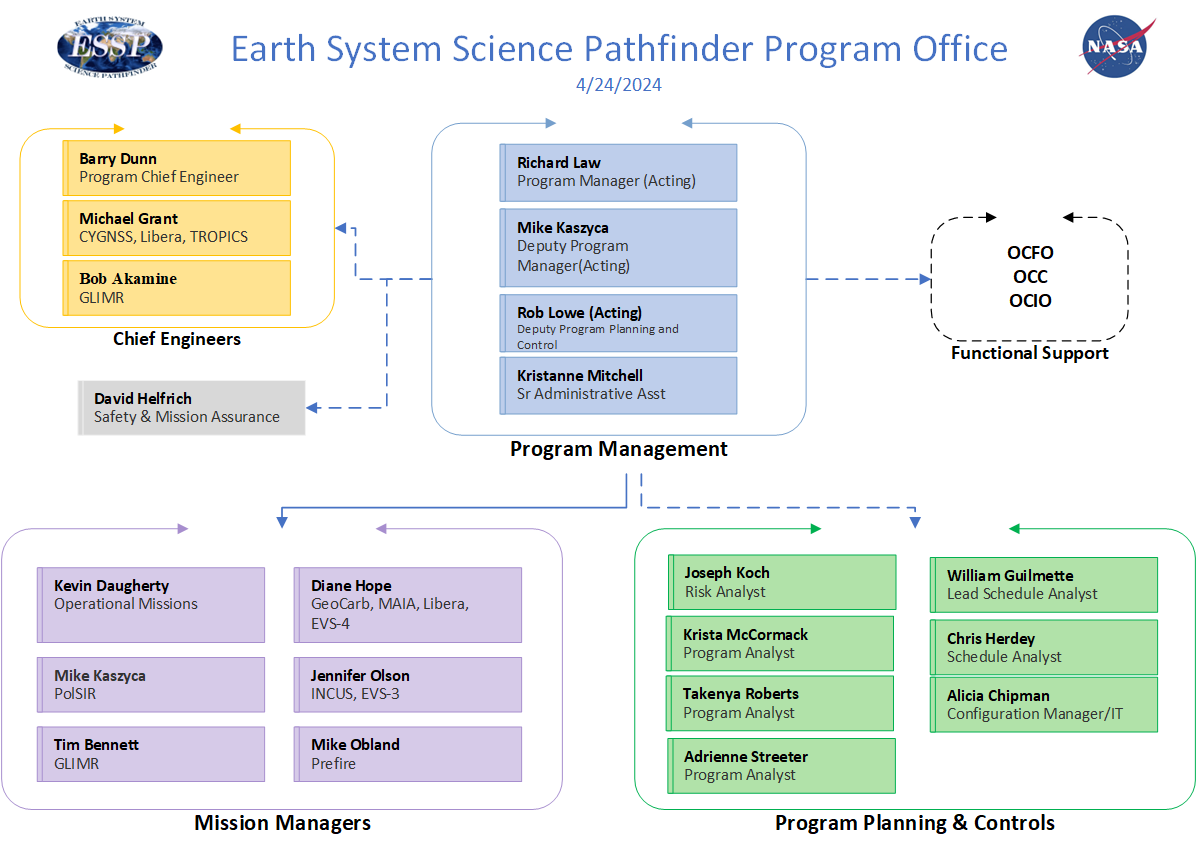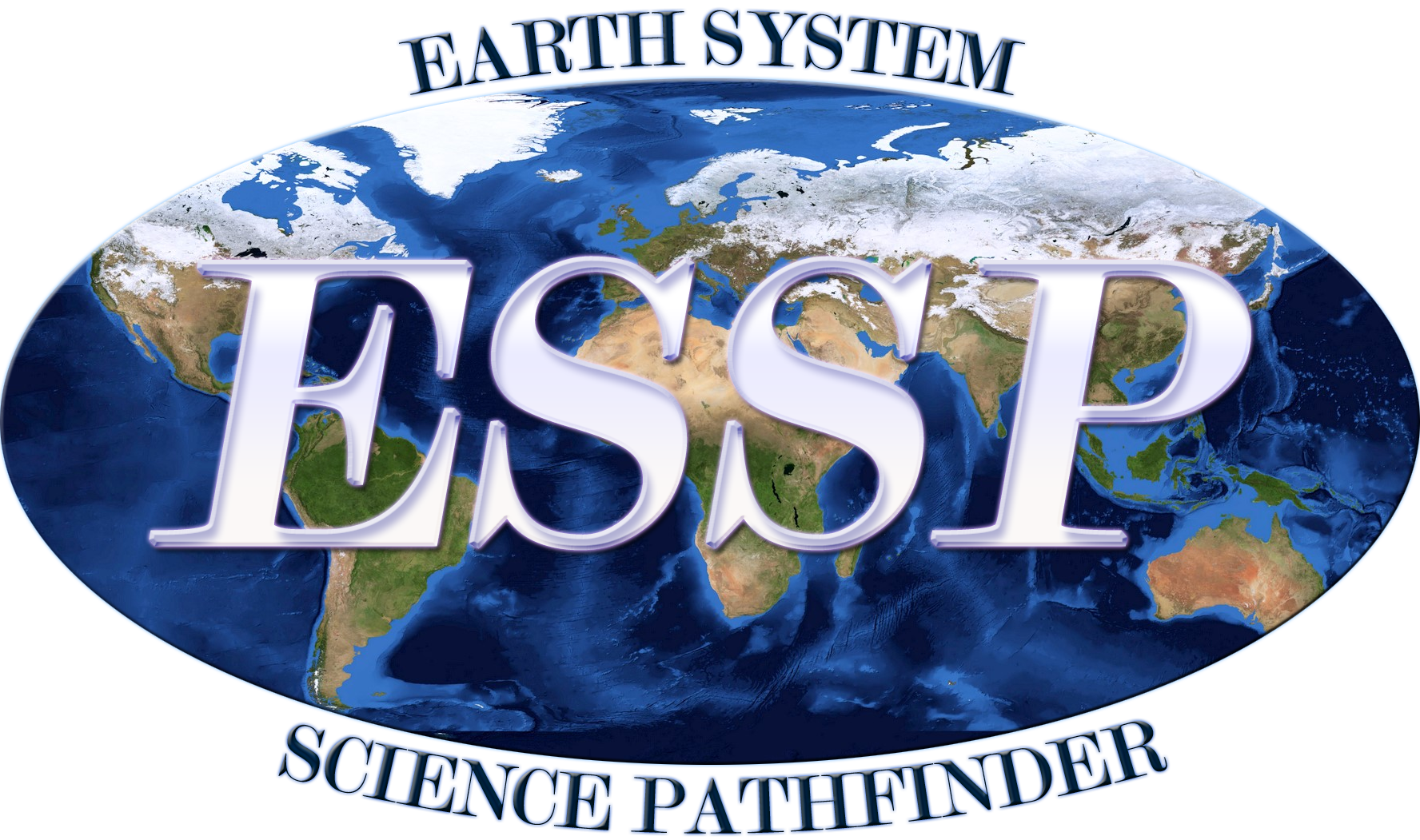About Us

Credits: Jeff J. Mitchell / Getty Images
Want to Learn More?We live in an interconnected living system. We advocate climate. We elevate science. Our job is to capture, study and share Earth changes in the air we breathe, the water we drink and the land upon which we live.
Mission: Understand and explore our home planet, improve lives and safeguard our future.
What is The Earth System Science Pathfinder Program?
The goal of Earth System Science Pathfinder (ESSP) program is to stimulate new scientific understanding of the global Earth system through the development and operation of remote-sensing missions and to “Advance knowledge of Earth as a system to meet the challenges of environmental change, and to improve life on our planet”. (2018 NASA Strategic Plan, Strategic Objective 1.1)
ESSP, as part of NASA’s Earth Science Division (ESD), supports a variety of innovative Earth science research projects that study atmospheric composition, weather, carbon cycle and ecosystems, water and energy cycle, climate variability and change, and Earth surface and interior. ESSP studies include the atmosphere, oceans, land surface, polar ice regions, and solid Earth.
ESD programs support address the following science questions:
–How is the global Earth system changing?
–What causes these changes in the Earth system?
–How will the Earth system change in the future?
–How can Earth system science provide societal benefit?
To address these science questions, the NASA Science Mission Directorate’s science plan outlined in Science 2020-2024: A Vision for Scientific Excellence states “NASA Earth Science is developing the observing systems that will answer the most important science and application questions of the next decade across the following focus areas:”
-
- Sea-level rise
- Extending and improving weather and air quality forecasts
- Ecosystem Change
- Coupling of the water and energy cycles
- Reducing climate uncertainty and informing societal response
- Surface Dynamics, geological hazards, and disasters
With the over-arching goal of stimulating new scientific understanding of the global Earth system, the ESSP Program objectives are to:
Provide frequent periodic opportunities for competitively selected, PI-led projects addressing NASA’s high priority Earth system science outcomes
Contain project and mission costs through commitment to, and control of, design, development, and operational costs within the risk and technical standards established by the Agency
In addition to projects, the ESSP Program implements special studies and activities to support ESD. Studies can include areas such as mission feasibility and instrument accommodations. Activities such as the Common Instrument Interface (CII) and the biennial Program Forum are conducted to enhance Program effectiveness.
Helping the public understand earth science and the activities of ESSP is important to NASA; therefore the general public is a stakeholder. ESSP engages the public by supporting invitations to speak at community educational forums, earth science events, or at nearby schools. The ESSP Program Office also seeks out forums in the professional communities such as those conducted by the Institute of Electrical and Electronics Engineers (IEEE), the American Institute of Aeronautics and Astronautics (AIAA), and the American Geophysical Union (AGU).)
Who Are ESSP?
The ESSP Program Office is located at Langley Research Center (LaRC) in Hampton, VA.
Our objectives are to:
-
- Ensure each program element (suborbital, orbital, instrument) is managed to its cost, schedule, technical and risk objectives by using the appropriate management approach.
- Ensure success by continually performing assessments of ESSP projects and using lessons learned and best practices.
- Promote decision making based upon clearly established cost, schedule, technical and risk parameters for each project.
- The ESSP organization structure is designed to ensure knowledge transfer between projects and investigations. We form teams comprised of Mission Managers, Program Planning and Control analysts and Subject Matter Experts. By assigning personnel to multiple projects, ESSP is organized to facilitate mission success and to efficiently utilize Agency resources.



